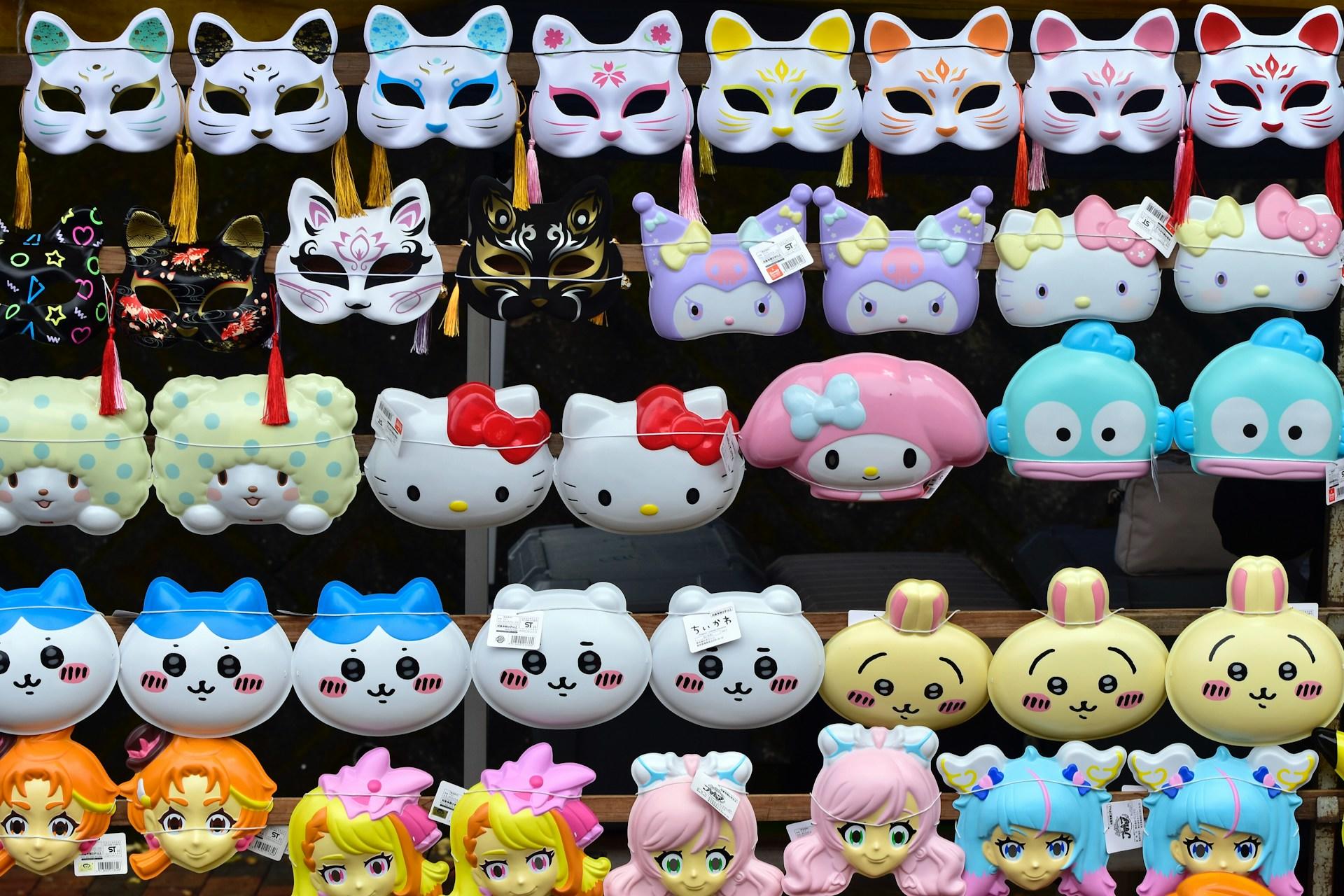It's rare, but some people aren't bothered by cute things. If you love cute things, then this probably feels like an alien concept.
In Japan, there's an entire culture around cuteness that has its own name: kawaii. While you could translate the term to "cute" in English, it's so much more than that.
Kawaii can come in many different forms and covers writing, fashion, and art. While kawaii as a culture is quintessentially Japanese, you can also find plenty of things outside of Japan that you could also call kawaii.
Generally, kawaii blends cuteness and simplicity, making it a great style for aspiring artists wanting to make cute drawings of animals or inanimate objects. The animals don't even have to be real, while a cat, dog, frog, or horse can all be kawaii, you can just as easily draw a kawaii unicorn, dragon, or yeti!
In this article, we'll look at kawaii culture, its origins, and how you can use it to create adorable drawings and come up with simple ideas for things to draw.

The Origins of Kawaii
During Japan's Edo period (1603-1867), the term referred to the adorable way women blushed. In particular, this is more than just the red colouring that appears in the cheeks as the blood flow is increased closer to the surface of the skin.
That's quite technical and scientific after all, and you wouldn't call that description adorable. The increased blood pressure from blushing also makes the eyes water, which tends to make them sparkle, adding to the cuteness. This phenomenon was called kao hayushi. This initially meant "the face is aglow" but like words in every language, its meaning changed and evolved.
Kao hayushi became kawayui and eventually, kawaii. While the origins of kawaii definitely trace back to Japan, there are lots of characters and art from all over the world that could be considered kawaii.
For example, if you were drawing Groot or baby Groot from the Marvel Cinematic Universe, you could take the typical kawaii conventions and make the drawing adorable. After all, baby Groot is already incredibly cute.
Just remember that while kawaii drawings are always cute, not every cute drawing is kawaii. Kawaii is both a style and culture of cuteness with its own rules and conventions.
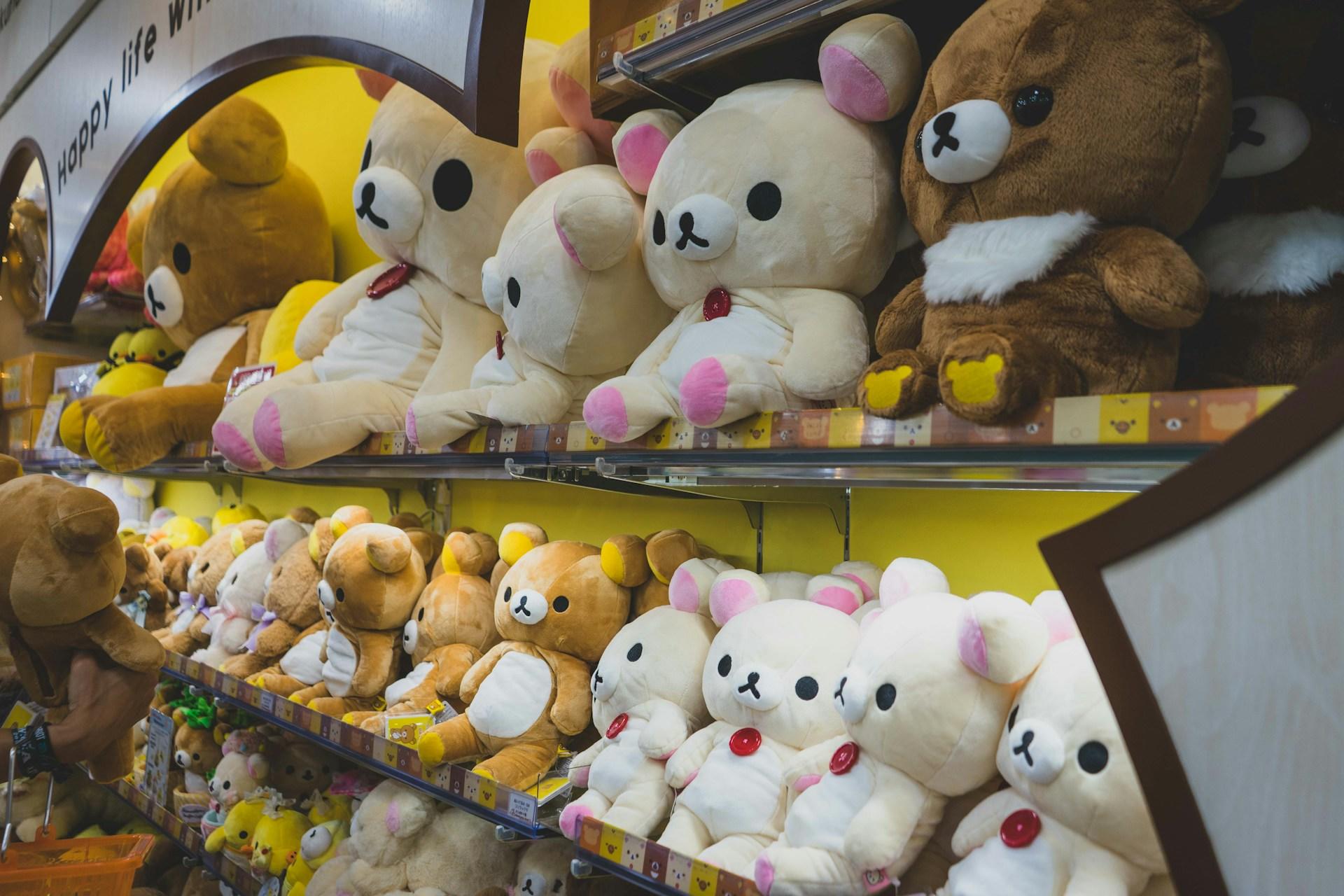
How to Make a Drawing Kawaii
As we've just mentioned, kawaii is always cute but cute isn't always kawaii.
Pretty much every cat and dog is cute, but that doesn't necessarily make them kawaii. You could draw a cute cat, dog, kitten, or puppy, but there's a specific way to make your drawings kawaii. There are cute traits that many animals have, but nature isn't kawaii because kawaii is manufactured.
Manufactured cuteness is what makes something kawaii. Even though little drawings of animals are kawaii, these doodles can only be kawaii because many of the traits that make something kawaii are physically impossible.
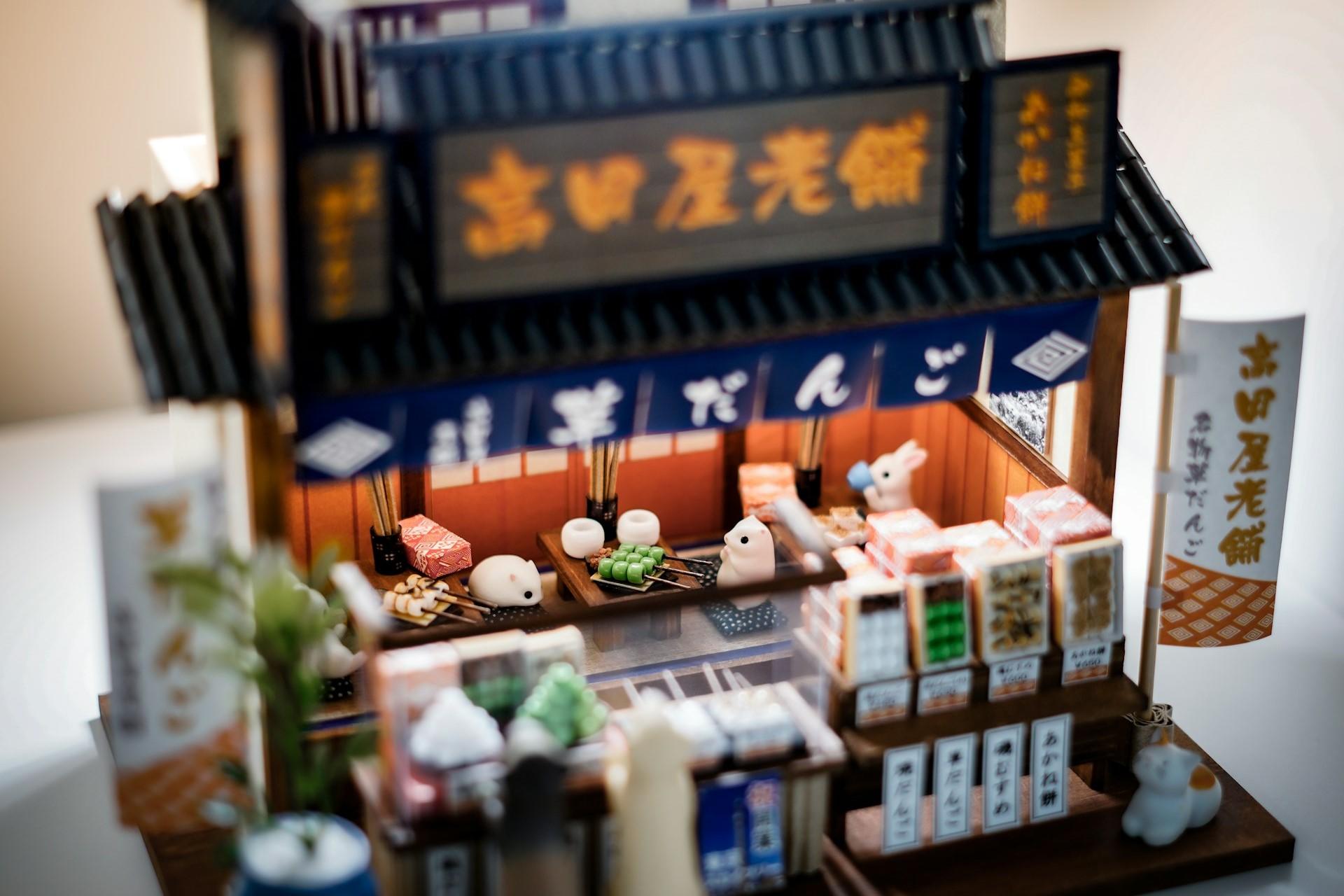
If you try drawing a baby, it won't be a kawaii baby until you make some aesthetic choices that couldn't exist in a photo-realistic drawing of a baby.
So kawaii is essentially a somewhat feminine manufactured cuteness. After all, it traces its origins to an adorable reaction of bashful or embarrassed women being cute but later evolved to cover an aesthetic that relies on the traditional idea of female daintiness.
But as you'll see, kawaii knows no gender as it can be applied to men, animals, and even inanimate objects!

Kawaii and Masculinity
Kawaii doesn't apply itself exclusively to women and girls and there are plenty of examples or masculine kawaii. In this sense, we're using the adjective "masculine" to mean male rather than "typically male". After all, the term masculine is also used to outline traits and qualities that are traditionally associated with men and boys and many of the qualities of kawaii don't overlap with these.
However, when masculine refers simply to the male sex or gender, you'll see that this doesn't rule out the possibility that something can be "male" and "kawaii". The reason we say "male" with quotation marks is because since kawaii is manufactured, everything that's kawaii is fictional anyway so the terms male and female rarely matter that much.
Take the hugely famous character of Totoro from the movie My Neighbor Totoro. According to the lore in this film, Totoro is male. If you've seen My Neighbor Totoro or just the character, you'll have likely noticed that he's incredibly cute and kawaii!
Hayao Miyazaki's works, including My Neighbor Totoro, actually regularly break away from gender stereotypes. Princess Mononoke, Howl's Moving Castle, and Spirited Away all include strong female characters, beautiful and often androgynous male characters, and kawaii animals and creatures.
Kawaii might have come from stereotypical female qualities, but these ideas were hundreds of years old and there are clear examples that artists are free to use kawaii aesthetics however they see fit for characters, people, and animals of any gender.
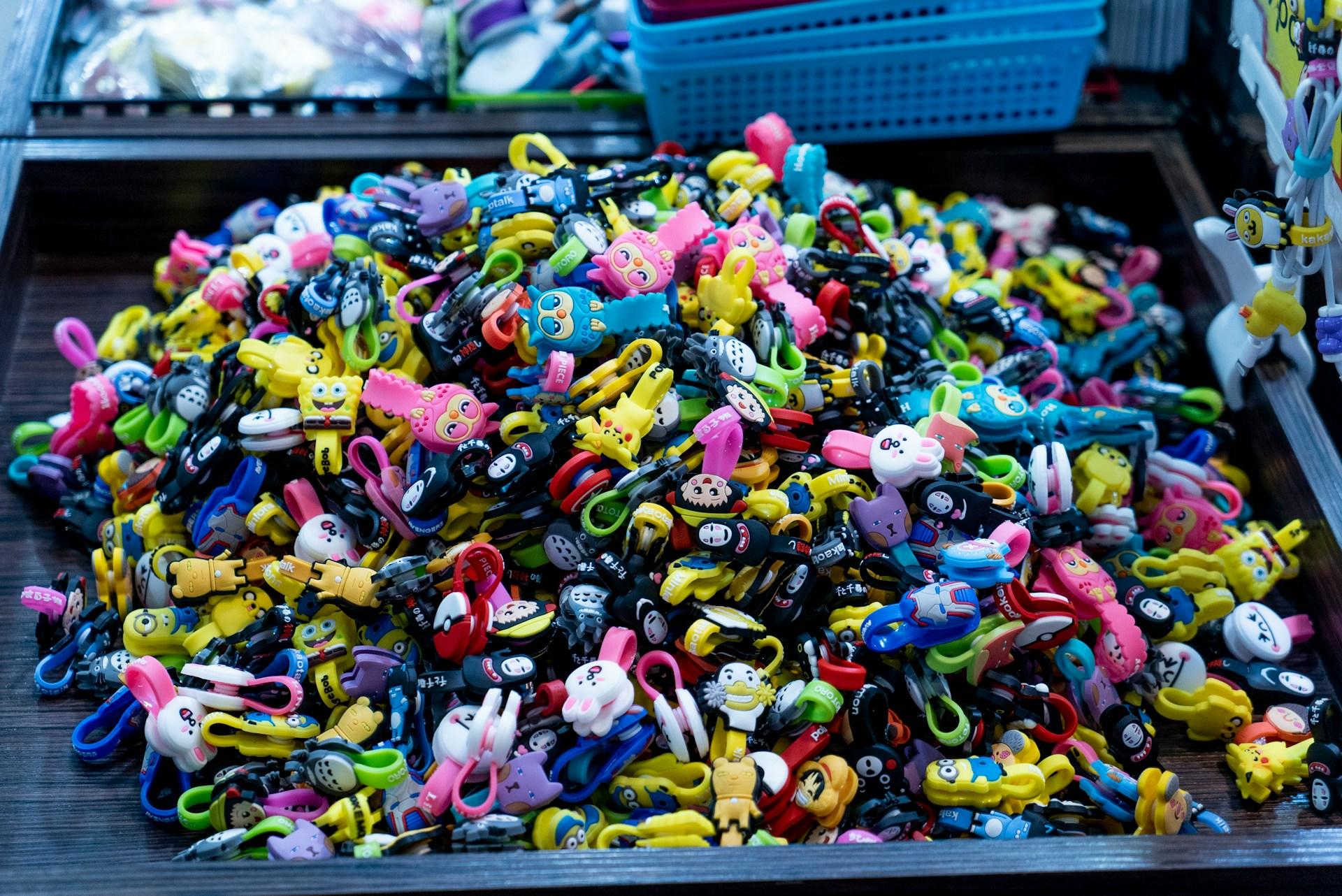
Once you have some ideas for what to draw, you can make it kawaii!
One aspect of kawaii that's used to make art and drawings more cute is age. This is less negotiable than gender in making things look kawaii, but that doesn't mean that kawaii art is exclusively of young animals or people, it's just probably harder to achieve with older subject matter because youthful innocence is quite key to the aesthetic.
The Importance and Impact of Kawaii Drawing
It's very easy to look at a drawing of a cat in kawaii style and think nothing of it. However, both the art style and culture of kawaii are hugely important.
When drawing, taking something and making it simple and cute can be incredibly challenging. Culturally, kawaii is hugely significant in Japan and around the world.
Whether it's a cartoon animal like Hello Kitty or Pikachu from the Pokémon franchise (yes, we know it's technically a pokémon and not an animal), the success of these franchises is down to the illustration style used. Both are incredibly marketable and the kawaii aesthetic plays a huge role in this.
The original designs and artwork for Pikachu were arguably less kawaii than the current design. There's an original design for Pikachu that was used with the very first games in the series by Ken Sugimori that fans affectionally refer to as "chubby Pikachu" or "thick Pikachu" and while this collection of Pokémon artwork was cute, it mightn't have been kawaii enough to make the franchise as popular as it is today.
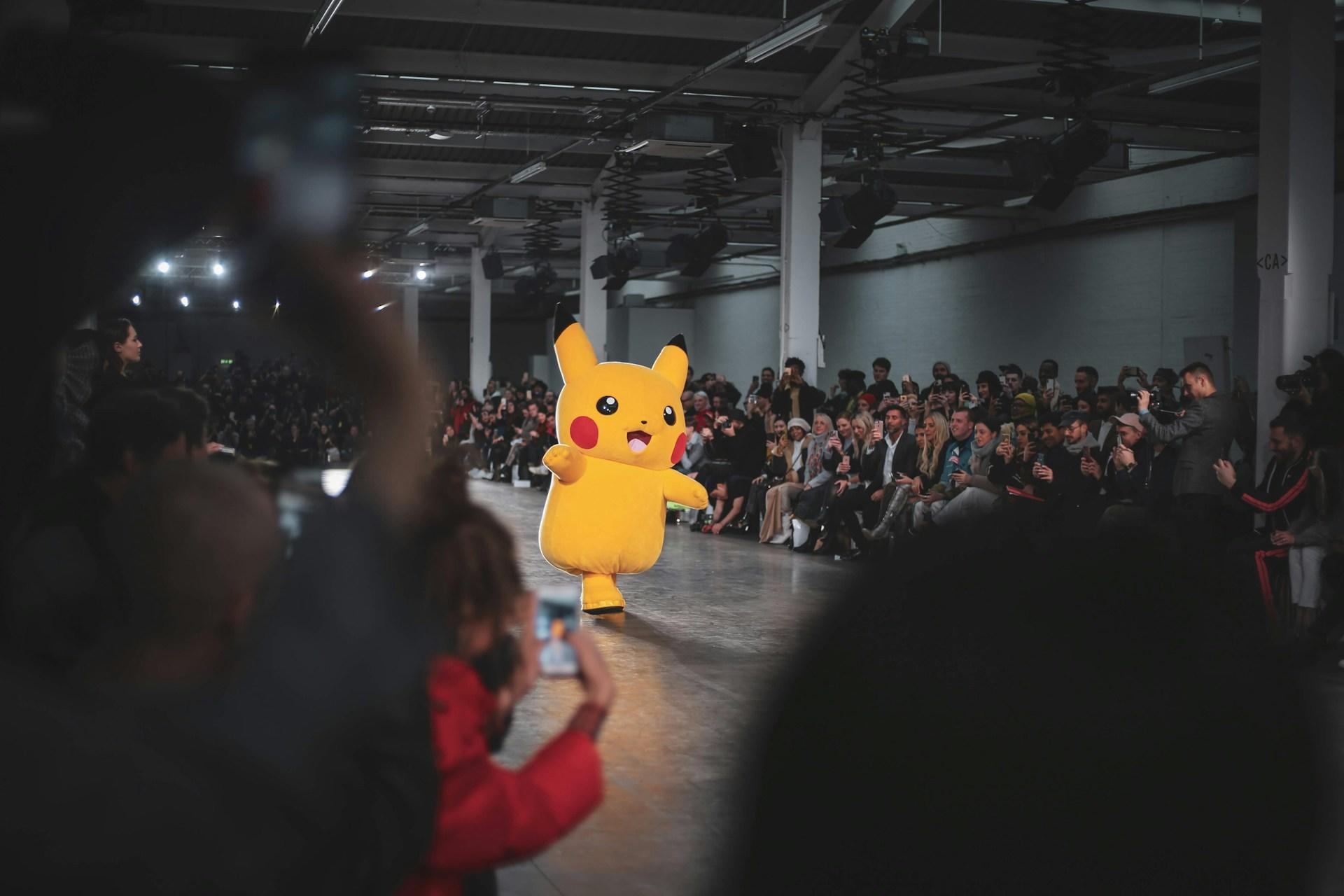
You could argue that the older collection of drawings was better (and many fans do), but the new designs are kawaii because they're more manufactured and make use of simpler colouring and design elements.
The culture of cute is manufactured and while it's aesthetically simple, in some cases, the design of a kawaii character or mascot is the product of a lot of marketing research and massive corporations.
Kawaii extends beyond animals, people, and creatures, and you could even consider a kawaii aesthetic when drawing a kiss.
A Kawaii Checklist to Create Cute Drawings
You've likely understood by now that a drawing or illustration isn't kawaii simply by being cute. Your doodles and drawings need to be more than simply cute.
Naturally, there's a lot of subjectivity to exactly what constitutes kawaii, but if your drawings lack a kawaii aesthetic, you should add one or several of these elements:
- vulnerability
- innocence
- gentleness
- docility
- 'glowing' eyes
- youthfulness
The idea behind kawaii is to capture the cuteness and some of the typical qualities of a baby animal or even a human baby within a simplified outline. A kawaii drawing will rarely include adult-like features or attributes.
In terms of colour, kawaii tends to favour pastel or bright palettes. Again, the kinds of colours that you'd see in a children's cartoon or a box of crayons. This isn't to say you can't use other colour palettes, but these kinds of colours will automatically make your kawaii art more recognisably kawaii.
Since kawaii art is generally manufactured, the lines are often simple. It's very common for a kawaii illustration to have been done using digital drawing software and this will include thick and simple lines. This isn't to say you can't create kawaii art with a pencil and paper, but if you look at kawaii characters like Hello Kitty or Pikachu, many elements are typically associated with digital art.
The more you practise, the more you'll see your doodles become increasingly kawaii. Fortunately, there's lots of reference material out there so you can find a collection of kawaii characters that are easy to draw with a simple search on Google (or your search engine of choice).
Résumer avec l'IA :

